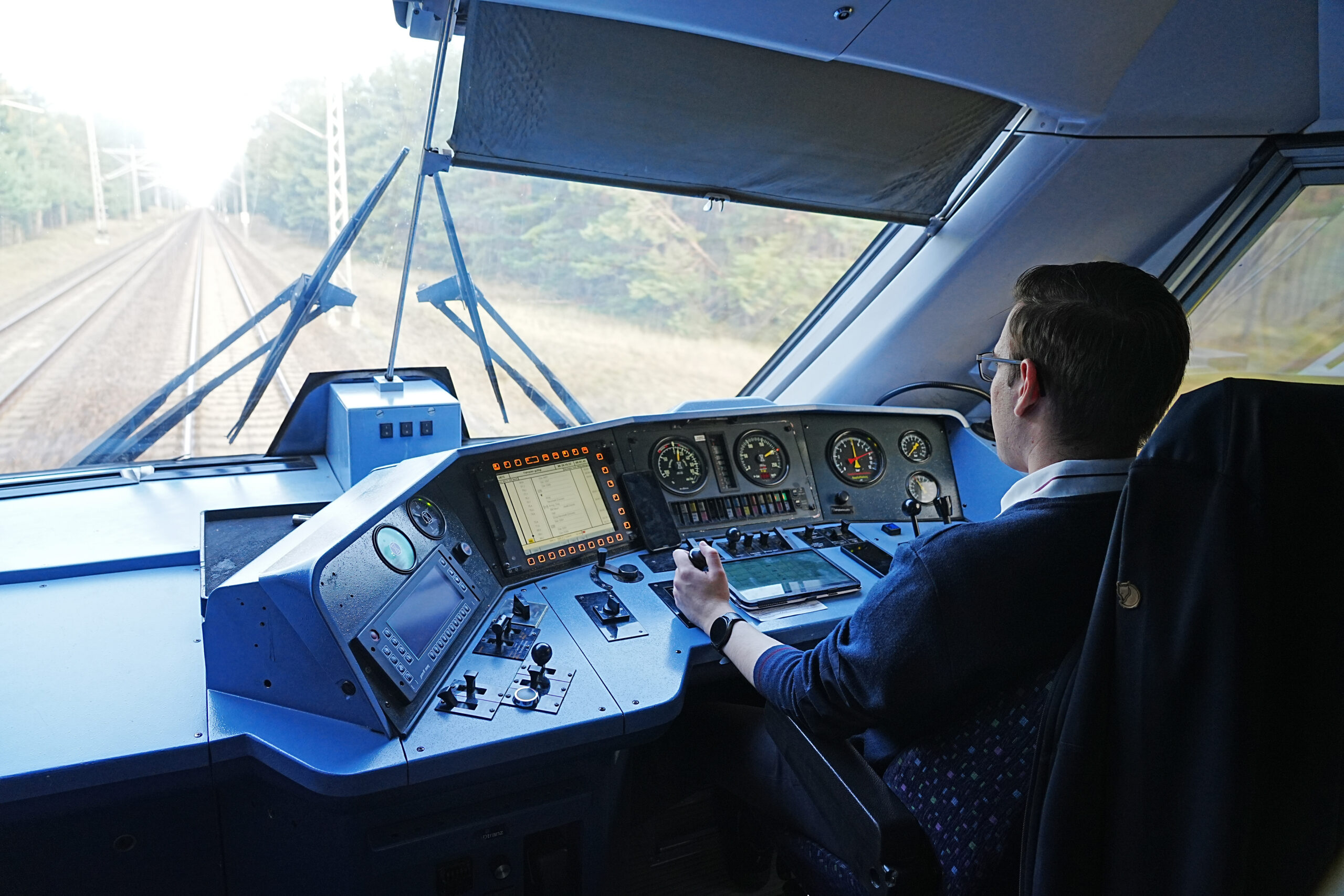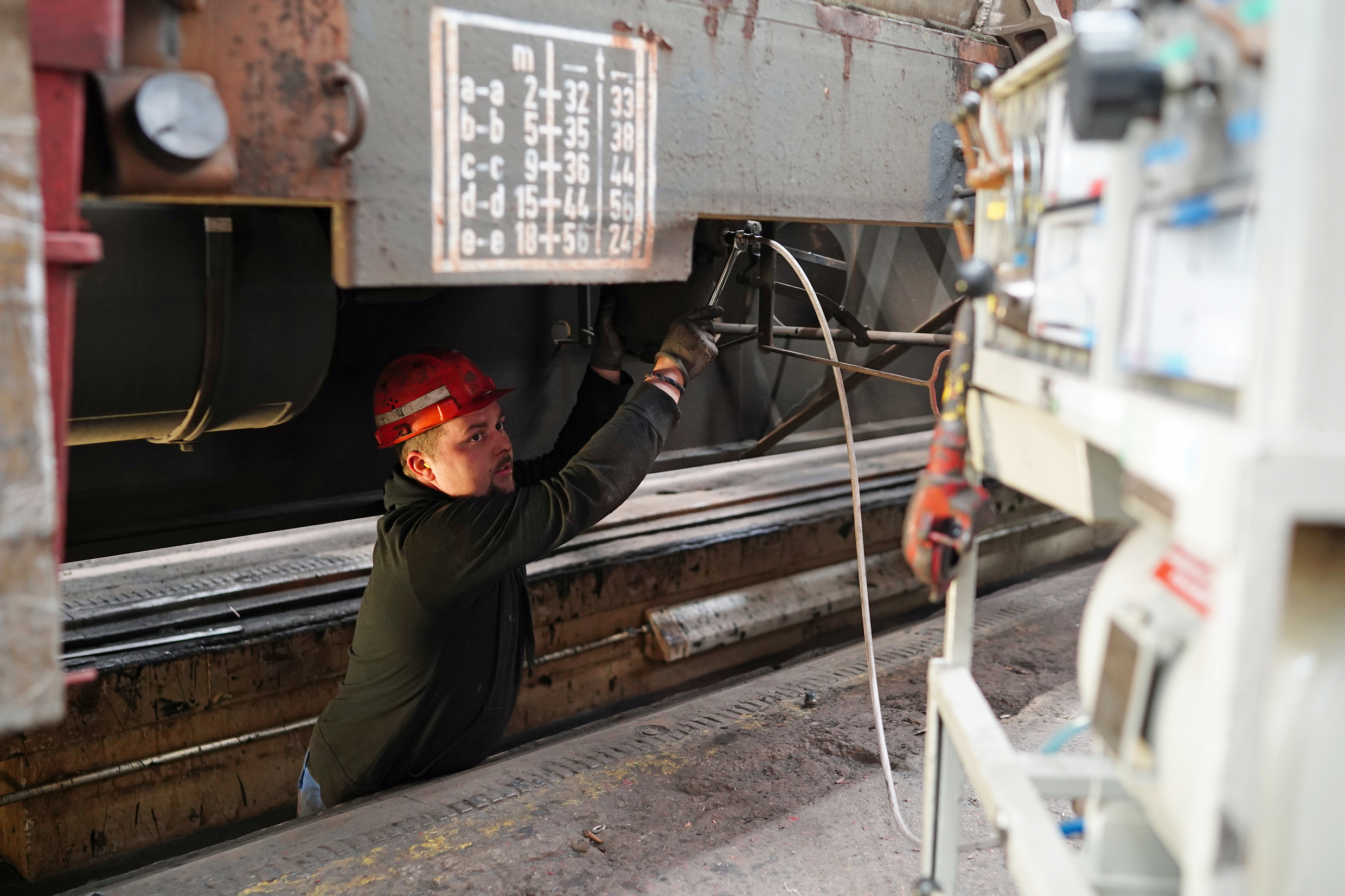
Insourcing rail operations and maintenance
Supporting a Rail O&M Transition with Project Management and Subject Matter Expertise
DB E.C.O. North America partnered with a leading transit organization to facilitate their in-house transition of rail operations and maintenance functions, aiming to achieve desired service quality, customer experience, and overall efficiency. The transition was supported by a combination of expert-led management consulting strategies and in-depth subject matter analysis in planning, risk assessments, training, documentation, and processes.
Challenge
Our client, a transit organization providing commuter rail and bus transportation, intended to improve service quality and customer experience while realizing operational efficiencies. Up to that point, the services were provided by external operations and maintenance (O&M) contractors. Poor performance in service delivery resulted from role overlaps and the presence of rigid, poorly defined third-party processes. This, in turn, created challenges in communication and oversight, compelling the client to step in operationally and take responsibility for implementing improvements to achieve the expected level of performance and quality.
Due to these challenges, our client eventually decided to insource O&M and establish a direct relationship with the employees who perform critical operations and maintenance functions. Our team was asked to help plan and implement a smooth transition to in-house service delivery.
Approach
DB E.C.O. North America helped to plan and implement the transition by following a professional management consulting approach combined with state-of-the-art subject matter expertise from Deutsche Bahn’s own vast experience with transitioning O&M contracts.
The team set up a solid transition project organization, developed a timeline and transition plan with clear roles and responsibilities, and implemented a risk management process. The main approach of the transition project was to create transition readiness across all involved functions (O&M, Safety, Training, HR, IT, …) in accordance with the set timeline. To identify the critical elements of the transition, the team developed an O&M process map, audited relevant existing workflows, and reviewed and transferred existing operating procedures, manuals, and plans. Existing processes were compared to a best practice model for rail O&M and it was decided which gaps to close during or post transition. Furthermore, the team performed an analysis of the existing organizational structure, helped with recommendations for future organizational changes, planned the recruitment of new staff, and supported the development of training materials and plans. Weekly steering committee meetings with executive leadership were supported using management reporting techniques and risks were collaboratively mitigated with the client to support project success.
Results
DB E.C.O. North America helped the organization to successfully manage the transition with a seamless shift from external to in-house O&M, preserving operational stability from day one and onwards. Our strategic frameworks and post-transition audits helped the client to create O&M milestones to establish a strong foundation, safeguarding against pitfalls and stabilizing operations. Training roadmaps were developed and implemented to support the effective integration of staff and facilitate the development of subject matter knowledge on the client side to optimize operational performance in the long term. Our organizational assessment built the foundation for future organizational changes enabling informed decision making on executive level, effective resource allocation, and overall organizational improvement post-transition.
While immediate gains in efficiency and service quality were not the principal focus, the successful transition has strategically positioned the client to explore subsequent phases of improvement and optimization, thereby paving the way towards future advancements in service quality and operational excellence.



